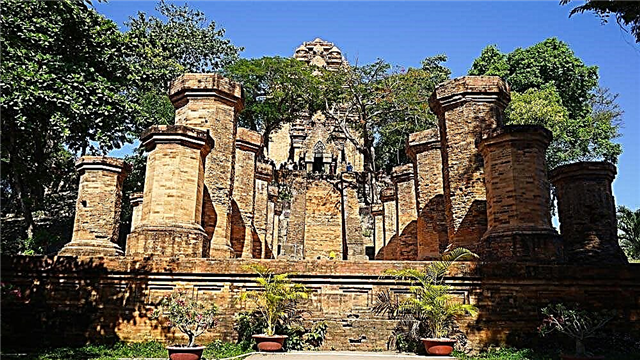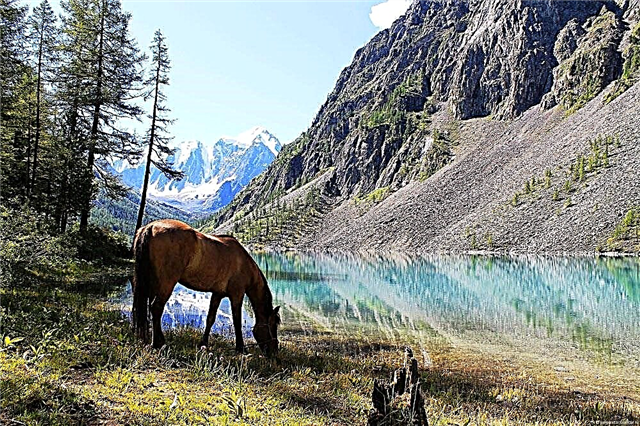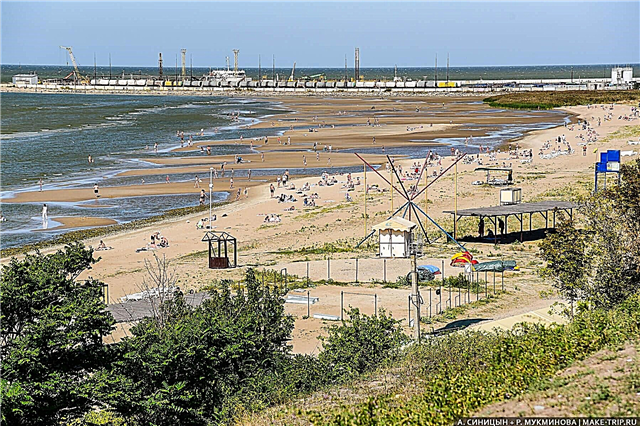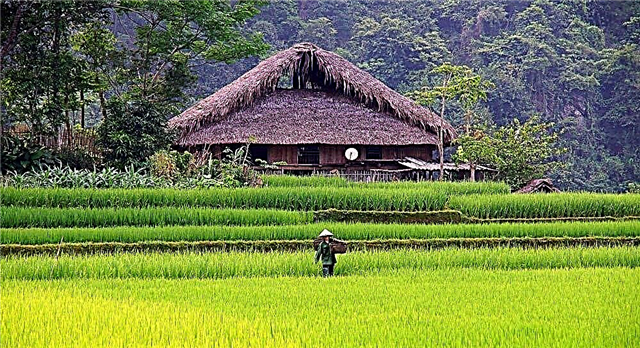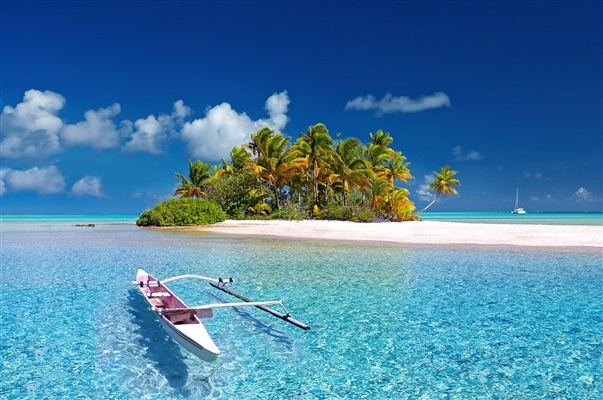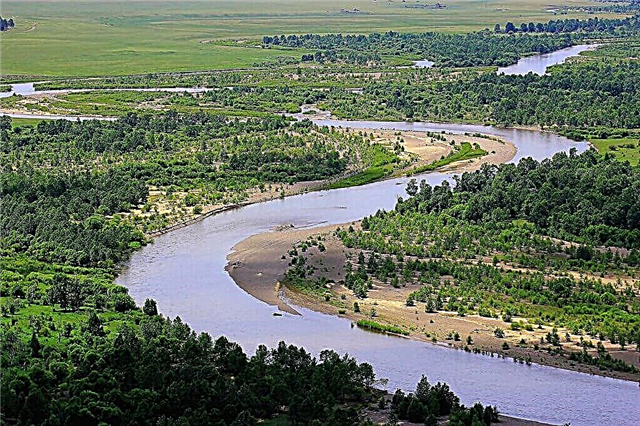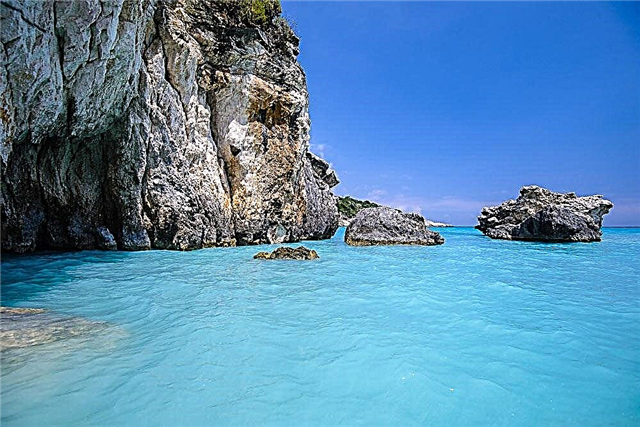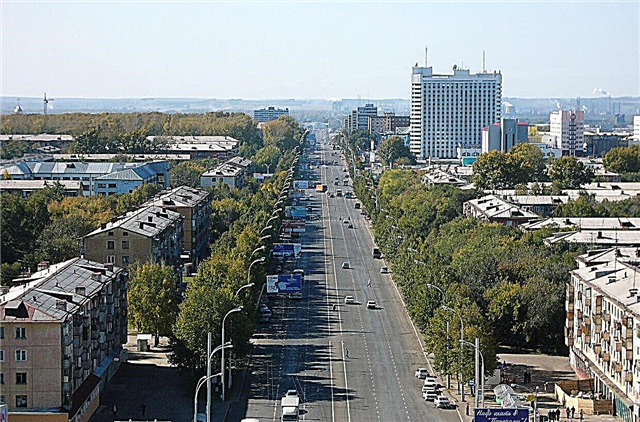The alternative name of the Kemerovo region is Kuzbass. Their coats of arms succinctly make it clear that these lands have been developed by people who know what hard work is. Settlements arose, which later became cities, during the laying of railways or near large enterprises.
The narrow focus made monotowns dependent on combines and factories. This negatively affects the economic component of the region. In terms of tourism, the region is not the most unambiguous, but in winter it is worth coming here for lovers of skiing and mountain slopes. The tracks are laid both in parks, for example in Prokopyevsk, and on the mountain slopes in the vicinity of Mezhdurechensk.
The largest cities of the Kemerovo region
List of the largest cities in terms of population in the region.
Kemerovo
The main city of Kuzbass stands on the banks of the Tom and Iskitimka. There are 5 theaters, a circus and a philharmonic society in Kemerovo. There are more than 10 museums in various fields, including the Museum of Cinema. Natural beauties are represented by a pine forest, a birch grove, several parks and squares. The Cathedral of the Sign is the main Orthodox object of the region. There is also a mosque and a Catholic church.
Population - 559 thousand people.

Novokuznetsk
Founded in 1618 as a prison. One of the centers of metallurgy and coal mining in the country. The city flourished in the last century, but has preserved a few pre-revolutionary stone buildings: a fortress, a distillery, the Transfiguration Cathedral. An extensive collection of valuable paintings is on display at the local art museum. There are more than 15 Orthodox churches in Novokuznetsk and the surrounding area.
Population - 552 thousand people.

Prokopyevsk
Previously called Monastyrskoe. In the past, there were several Siberian settlements on the territory of present-day Prokopyevsk. The economy is based on coal mining. Even the day of the city is combined with the Day of the Miner. The largest recreation area is Zenkovsky Park. Its pond attracts townspeople and tourists in the warm season, and the ski slopes in winter. There is a museum of local lore and a theater.
Population - 196 thousand people.

Mezhdurechensk
The reference point for coal mining is reflected even in the coat of arms of Mezhdurechensk. It also depicts Tom and Usa, between which the city is located. Alpine skiing is developed, tracks for special slalom and giant slalom have been created. There are equipment rentals, lifts, you can hire an instructor. Popular hiking trips to the mountain tourist area of the Celestial Zubya.
Population - 97 thousand people.

Leninsk-Kuznetsky
In the past it was called Kolchugino. Here, impressive coal reserves have been explored. The city is divided into districts according to their purpose. The industrial zone is located on the northern outskirts. Attractions are concentrated in the center. The architectural value is the building of the Pobeda cinema, which was erected in the 30s of the last century. Among the museums, the Kolchuginsky Mine Museum stands out.
Population - 95 thousand people.

Kiselevsk
Stands on the Aba River. The oldest wooden building is the Church of Saints Peter and Paul, dating back to the 19th century. Healing properties are attributed to the holy springs nearby. The recreation centers of Kiselevsk and the surrounding area are modern and capable of providing a tourist with everything necessary. There are also sanatoriums where you can improve your health and be close to nature.
Population - 88 thousand people.

Yurga
Located on the coast of Tom. There are objects of different confessions in the city: the Orthodox Cathedral of the Nativity of John the Baptist, the Catholic parish of the "Holy Spirit", the Siberian Evangelical Lutheran Church and the Baptist Church. In honor of the heroes of the Great Patriotic War, a memorial was opened. The most touching monument to Yurga is the composition "Mammoth".
Population - 81 thousand people.

Belovo
It is crossed by the Maly Bachat and Bachat rivers. Located next to the reservoir of the same name. Because of this, fogs can often be observed in Belovo. Objects of Stalinist architecture are important landmarks of the city. The Museum of Miner's Glory operates. 32 amateur creative teams have been created on the basis of the House of Culture. Among the monuments, the composition "Lenin with Children" stands out.
Population - 72.5 thousand people.

Anzhero-Sudzhensk
It is known as one of the educational centers of the region. The guests of the city are primarily attracted by the local sanatoriums located on the outskirts. Among them is the health resort "Anzherskaya", built in a pine forest. This and other medical facilities are equipped with modern diagnostic and medical equipment. The rivers and lakes of Anzhero-Sudzhensk have good biting. Boats and tackle are rented.
Population - 69 thousand people.

Berezovsky
From here to Kemerovo about 27 km. The city is proud of its stone church of St. John of Kronstadt. It was built recently, but the attraction blended well with the overall urban look. The most beautiful street of Berezovsky is located nearby. It is called Arbat in the Moscow style. In recent years, a tradition has emerged to repaint the facades of houses in a bright color.
Population - 45 thousand people.

Osinniki
Founded at the confluence of the Kandalep River and Kondoma. The local history museum is interesting to visit. Its collection is split into a number of separate exhibits, including a numismatic one. The main events and concerts are held in the House of Culture "October", which used to be named after Stalin. Since 2006, samples of military equipment have been exhibited in the park. They became part of the memorial.
Population - 43 thousand people.

Myski
It was first mentioned in 1770 under the name Tomazak. The collection of the historical and ethnographic museum of the city is not extensive - about 1200 exhibits - but it is interesting. The cultural center accepts not only visiting artists, but also temporary exhibitions. However, first of all, people come to Myski to enjoy the natural beauty - endless forests and clean rivers.
Population - 41 thousand people.

Mariinsk
Another single-industry town with a poor economic outlook. Located on the banks of the river called Kiya. In the past, these territories were inhabited by the Turkic-speaking Tatars. The city went down in history with the 1905 soldier riot. There are three museums in Mariinsk: the Museum of Local Lore, the Birch Bark Museum and the memorial house of the writer Vladimir Chivilikhin. A monument was erected to two monarchs - Alexander II and Maria Alexandrovna.
Population - 39 thousand people.

Heating chambers
From here to Kemerovo it is only 32 km. Topki railway station is an architectural landmark. It was erected in 1914. The most famous monument in the city is the Russian Pieta memorial. And the historical museum has an extensive collection of exhibits from different directions. The funds contain 14 thousand storage units. In the vicinity there are sanatoriums and camp sites, including "Kristall" and "Lesnaya".
Population - 28 thousand people.

Polysaevo
It is located on the right bank of the Ob tributary called Inya. A small local history museum allows you to get acquainted with the past and present of the city. The Palace of Culture and the cinema are located in the same building. Since 2008, an entertainment complex with billiards and bowling has been opened. In 2005, the temple of Seraphim of Sarov was built - the main Orthodox object of the region.
Population - 26 thousand people.

Taiga
The city arose in parallel with the construction of the railway. A sightseeing tour of the city takes about an hour. For those who want to know detailed information about Taiga, there is a direct road to the historical museum. The architectural heritage is the station building, which has survived to this day unchanged. Another attraction is the church named after Andrew of Crete.
Population - 24 thousand people.

Tashtagol
It was formed in 1960 by the unification of villages. The location on the Kondoma River gives the area additional opportunities to attract tourists.Ski trails and equipment rental are available in the nearby mountains. It is worth visiting the ecomuseum, on the territory of which there are: a recreated gold mine, a carpenter's estate and a missionary, a camp of ancient metallurgists.
Population - 23 thousand people.

Guryevsk
Until 1938, the settlement had the status of a settlement. It was founded around a metallurgical plant. The Museum of History and Culture conducts different city tours depending on the age of the group. There are also family package tours. In the suburbs of Guryevsk, there are several sanatoriums and dispensaries. They are located in picturesque places: near lakes, in the middle of groves or on the river.
Population - 22 thousand people.

Kaltan
One of the cleanest and greenest cities in the region. At the entrance there is a sign that immediately makes it clear that the region is industrial. Hero of the USSR Viktor Gnedin and football player of the Russian national team Alexander Golovin were born in Kaltan. Local authorities are trying to keep up with the times: the city participates in the annual "Night at the Museum" campaign and has developed an extensive sightseeing tour with a visit to the closed mine.
Population - 21 thousand people.

Salair
The local mining and processing plant has been operating since 1782 and is a city-forming enterprise. A temple was built, named after Peter and Paul. There is a holy spring nearby: its water is enriched with silver ions. In winter, people come here to ski. The elevation differences are small, but you can also find difficult areas to conquer. There is a slalom track nearby.
Population - 7300 people.


